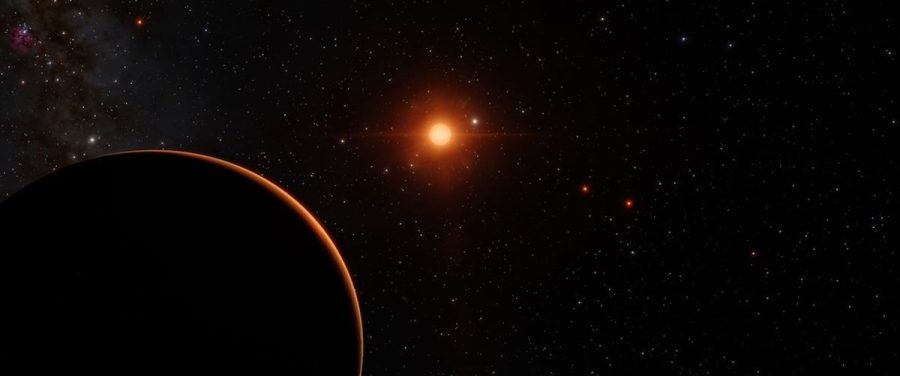UC San Diego’s Adam Burgasser, an associate professor in the physics department, contributed to the discovery of seven planets which could possibly harbor extraterrestrial life. The planets are surrounding the star known as Trappist-1, named after the Transiting Planets and Planetesimals Small Telescope. The discovery was announced on Feb. 22 at a press conference held at NASA’s headquarters in Washington D.C.
The study, which commenced four years ago, is housed at the University of Liege in Belgium and is composed of over three dozen scientists based all over the world.
Joining the team in 2013, Burgasser and his colleagues started studying Trappist-1 in 2014, when they speculated that there were only three planets surrounding the star.
“Our survey looking at several dozen low-mass stars started about four years ago,” Burgasser told the UCSD Guardian. “I joined the team in 2013. Our specific study of this star, Trappist-1, started in 2014, and we actually had an earlier planet discovery paper last May when we thought there were only three planets. The results we reported last week are based on work we’ve been doing over the last 18 months.”
Trappist-1 is known as an ultra-cool dwarf star, a common type of star in the galaxy. Further examination of these types of stars began back in the 1990s, but scientists specifically examined Trappist-1 because of its qualities suitable for research.
“The star was first discovered in the early 1990s, with the less poetic name 2MASS J23062928-0502285” Burgasser said. “It seemed to be a normal low-temperature, low-mass star that is relatively nearby. These stars are literally a dime a dozen. They are very common in the galaxy. It was included in our survey because it was the right type of star — cool and red — and close enough to get good data.”
Three of the planets found surrounding Trappist-1 were located in what scientists call the habitable region, meaning that conditions on the planet may be suitable for hosting life.
“‘Habitable’ means that the surface conditions are suitable for life, and for astronomers this generally means hav[ing] liquid water,” Burgasser said. “Liquid water is necessary for all life forms on Earth, and Earth is the only planet in the solar system that has both liquid water and life, as far as we know, so we tie these conditions together. We know these planets have the potential for liquid water because they are at just the right distance from their star for the planet surface temperatures to be in the range of liquid water (0 degrees Celsius to 100 degrees Celsius).”
While the planets present factors leading scientists to believe that they do contain liquid water, Burgasser explained that this does not guarantee its presence.
“There are lots of other factors that are important: whether the planet has an atmosphere (otherwise the water would evaporate to space), whether there are other sources of heating such as greenhouse effect or volcanism, whether there is enough oxygen and hydrogen present to have water, etc. All of these are outstanding questions that we will be investigating in the next few years,” Burgasser said.
The potential for these planets to contain liquid water creates the possibility of finding extraterrestrial life.
“Determining whether water is actually present on these planets is one step toward that goal,” Burgasser said. “But I am optimistic, because we know life on Earth started ‘quickly,’ almost as soon as the surface was cool enough to support life (about four billion years ago). Those life forms were simple bacteria and algae and dominated the planet for almost all of Earth’s history before plants and animals came along, so it is the most likely kind the of life we would expect to find. Life may be one of these processes that emerges quickly as long as the conditions are suitable.”
Burgasser explained that the next step in the study is to continue measuring the planets’ transits, masses, atmospheres and starlight, as well as to determine the chemical composition of the planets to be able to conclude if they are indeed suitable for hosting life.














